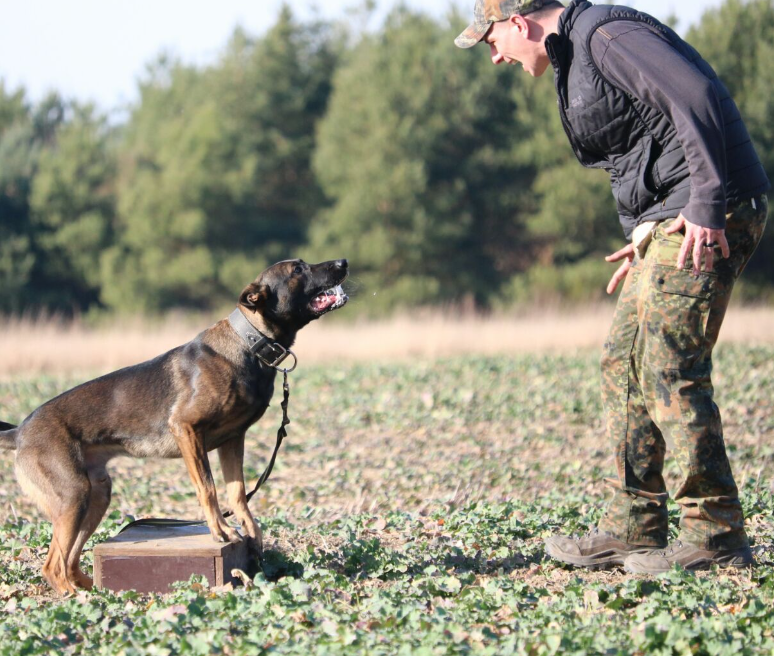
Introduction:
Problem Barking: Understanding and Correcting Excessive Noise Dogs are renowned for their loyalty, companionship, and the joy they bring to our lives. However, one common issue that can strain the relationship between humans and their furry friends is excessive barking. While barking is a natural form of communication for dogs, it can become a problem when it occurs too frequently or at inappropriate times. In this blog post, we will delve into the reasons behind problem barking, explore potential underlying causes, and provide effective strategies to address and correct this behavior.
Understanding Problem Barking:
Barking is a dog’s way of expressing various emotions, needs, and alerts. However, excessive barking can be frustrating, disruptive, and even a source of neighborly conflicts. To tackle this issue effectively, it is crucial to understand its potential causes.
1. Territorial/Protective Barking:
Dogs often bark to protect their territory or alert their owners of perceived threats. This type of barking can be triggered by the presence of strangers or other animals encroaching upon their perceived domain.
2. Anxiety and Fear:
Like humans, dogs can experience anxiety and fear. Barking may be a response to these emotions, especially when faced with unfamiliar situations, loud noises, or separation from their owners.
3. Boredom and Attention-Seeking:
Dogs are social creatures that thrive on interaction and mental stimulation. When left alone for extended periods without adequate exercise or mental engagement, they may resort to barking to alleviate boredom or seek attention from their owners.
4. Health Issues:
In certain cases, excessive barking can be a sign of an underlying health problem. It is essential to rule out any medical conditions that might be causing discomfort or distress to the dog.
Correcting Problem Barking:
Once you have identified the cause of your dog’s excessive barking, you can implement effective strategies to address and correct this behavior. Here are some techniques to consider:
1. Training and Socialization:
Investing time in proper obedience training and socialization from an early age can help prevent problem barking. Teach your dog basic commands and reward them for appropriate behavior. Exposure to different environments and positive interactions with other animals and people can also help reduce anxiety-related barking.
2. Provide Adequate Exercise and Mental Stimulation:
Ensuring your dog receives sufficient physical exercise and mental stimulation can help alleviate boredom and restlessness, reducing the likelihood of excessive barking. Engage in daily walks, play interactive games, and provide puzzle toys or treat-dispensing toys to keep their minds occupied.
3. Desensitization and Counter-Conditioning:
For dogs that bark due to specific triggers like loud noises or separation anxiety, desensitization, and counter-conditioning techniques can be beneficial. Gradually expose your dog to the trigger in controlled situations, paired with positive experiences or rewards, to help them develop a more positive association and reduce their reactivity.
4. Seek Professional Help:
If your dog’s problem barking persists despite your best efforts, it may be wise to consult a professional dog trainer or behaviorist. These experts can provide specialized guidance, develop a tailored behavior modification plan, and help address any underlying issues that may be contributing to the barking.
Conclusion:
Excessive barking can strain the bond between humans and their canine companions. However, with patience, understanding, and the implementation of appropriate strategies, problem-barking can be effectively addressed and corrected. Remember, each dog is unique, and finding the right approach may require some trial and error. By addressing the root causes, providing proper training, mental stimulation, and seeking professional help when needed, you can restore peace and harmony in your home while ensuring the well-being of your beloved furry friend.


